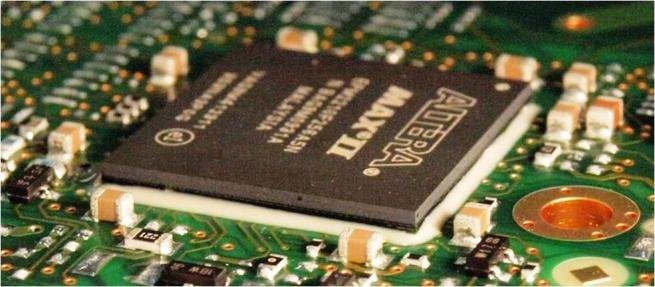Definition
The underfill epoxy is a key component in the production process of printed circuit boards and integrated circuits. It’s important to understand how it works and its importance when it comes to assembly and reliability. BGA Underfill Epoxy is an essential part of any manufacturing process that uses BGAs, or ball grid arrays, as part of its components.
Create Stronger Connection
It’s used to reduce stress on the joints between chips and create a stronger connection between components. In this article, we will discuss what BGA Underfill Epoxy is, the role it plays in printed circuit board assembly, and how it can help ensure a reliable product.
Explanation
BGA underfill epoxy is a crucial process in the circuit board assembly process. It is designed to improve reliability and reduce risk of failure due to mechanical stress, thermal cycles, vibration, and moisture exposure. In this blog post, we will discuss what BGA underfill epoxy is and how it can help your circuit boards last longer. We’ll also go over the different types of epoxy used for this purpose and how to apply them correctly. Finally, we’ll discuss potential issues with BGA underfill and how to avoid them.
Uses Of BGA Underfill Epoxy
BGA underfill epoxy is a type of adhesive used to protect and strengthen the connections between components in electronic devices. It is also used to prevent short circuits caused by mechanical vibration and thermal stress. In this blog article, we will explore how BGA underfill epoxy works, its advantages and applications in the electronics industry, and common pitfalls associated with its use. Read on to find out more about this important adhesive technology that helps make our electronic devices better and more reliable.
Looking For
Electronics manufacturers are always looking for ways to enhance the quality and reliability of their products. One way to do this is by using a BGA underfill epoxy. This type of epoxy is designed to provide additional protection to printed circuit boards (PCBs) and other electronic components that are sensitive to environmental conditions, such as high temperatures or vibration. In this blog post, we will look at what a BGA underfill epoxy is, how it works, and how it can help improve the reliability of your electronics products. We’ll also discuss the different types of epoxies available and talk about why they are important in protecting your PCBs from damage.
Bond Between Two Surface
As modern electronics continue to shrink in size and increase in complexity, there is a growing need for reliable interconnects between components. One way to achieve this is through the use of BGA underfill epoxy, which provides a strong bond between two surfaces while maintaining a wide range of properties. In this blog post, we will explore what BGA underfill epoxy is and why it is an important component for many applications. We will also discuss the types available and some tips on how to get the best results when using them.
Conclusion
If you’re looking for an effective way to protect your BGA components from damage, then BGA underfill epoxy might be the perfect solution. This special type of epoxy is used to fill in the gaps between the component and PCB, providing extra protection against shock, vibration and temperature changes. In this blog article, we’ll discuss why BGA underfill epoxy is important, what it does and why it’s used in many applications today. We’ll also cover some of the benefits of using this type of epoxy. So if you want to learn more about how BGA underfill epoxy can protect your components, keep reading!



































